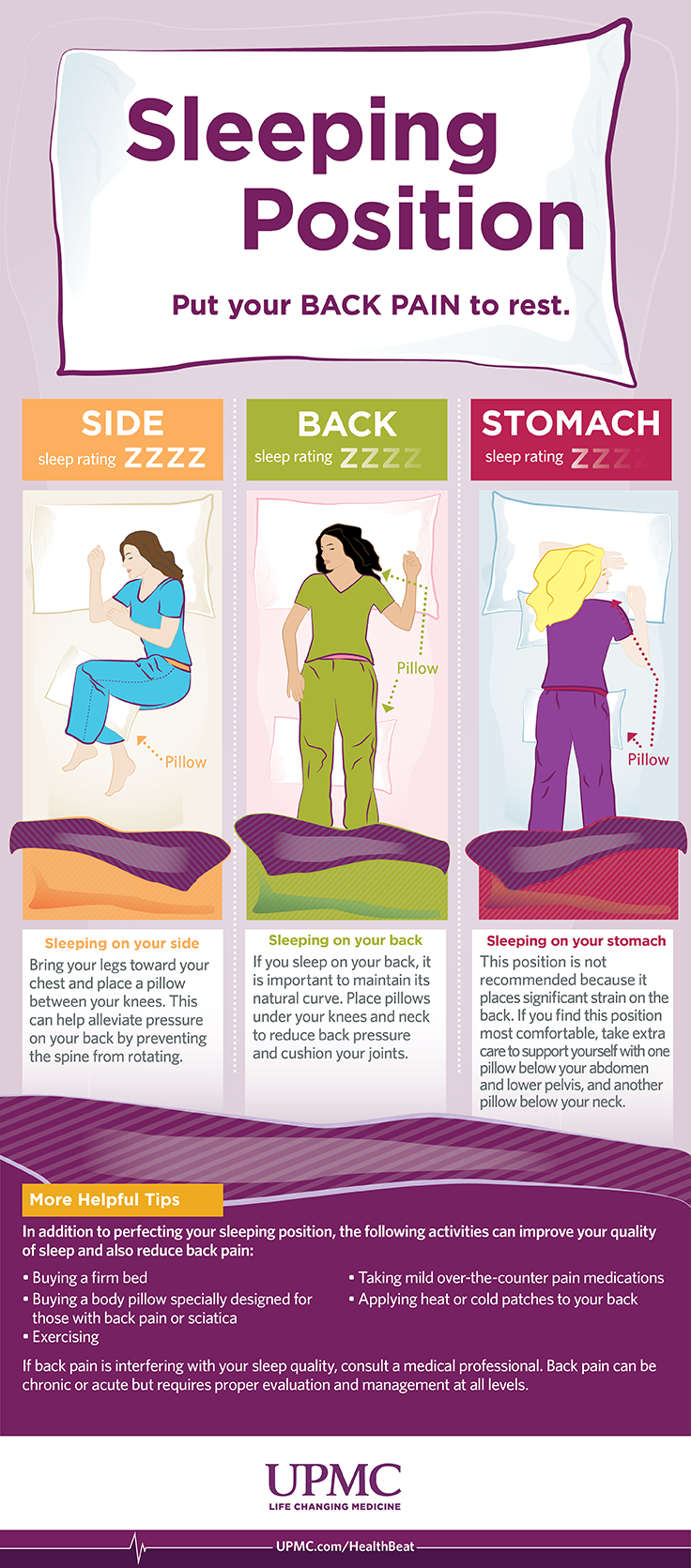
Transform Your Sleep: How to Start Sleeping on Your Back for Better Health
Achieving a restful night’s sleep is a crucial aspect of maintaining good health. Sleeping on your back can provide numerous benefits, including reduced acid reflux, improved posture, and reduced wrinkles. This article will guide you through the process of transitioning to sleeping on your back with practical tips and frequently asked questions.

Understanding the Benefits of Back Sleeping
Back sleeping can help alleviate sleep apnea and snoring, promoting better overall health. It also prevents facial wrinkles by reducing the pressure on your face.
Adjusting Your Sleep Environment
To start sleeping on your back, consider adjusting your mattress and pillows for optimal support. Use a pillow that keeps your head and neck aligned and a firm mattress that supports your spine.
Creating a Comfortable Routine
Establish a bedtime routine that includes relaxation techniques such as reading or meditation to signal your body that it’s time to sleep. This can make it easier to fall asleep on your back.
Positioning Aids for Back Sleepers
Use body pillows or specially designed positioning pillows to help you maintain the back-sleeping position throughout the night.
Tips and FAQs
It’s important to note that back sleeping may take some time to get used to. According to the American Sleep Association, it can take up to four weeks to adjust to a new sleeping position. Be patient and consistent with your efforts. A study published in the Journal of Clinical Sleep Medicine found that back sleeping can reduce the risk of developing chronic headaches by 50%, emphasizing the health benefits of this position.
Conclusion
Switching to back sleeping can significantly improve your health and well-being. By following these tips and being consistent, you can gradually adjust to this sleeping position and enjoy the benefits it offers.









